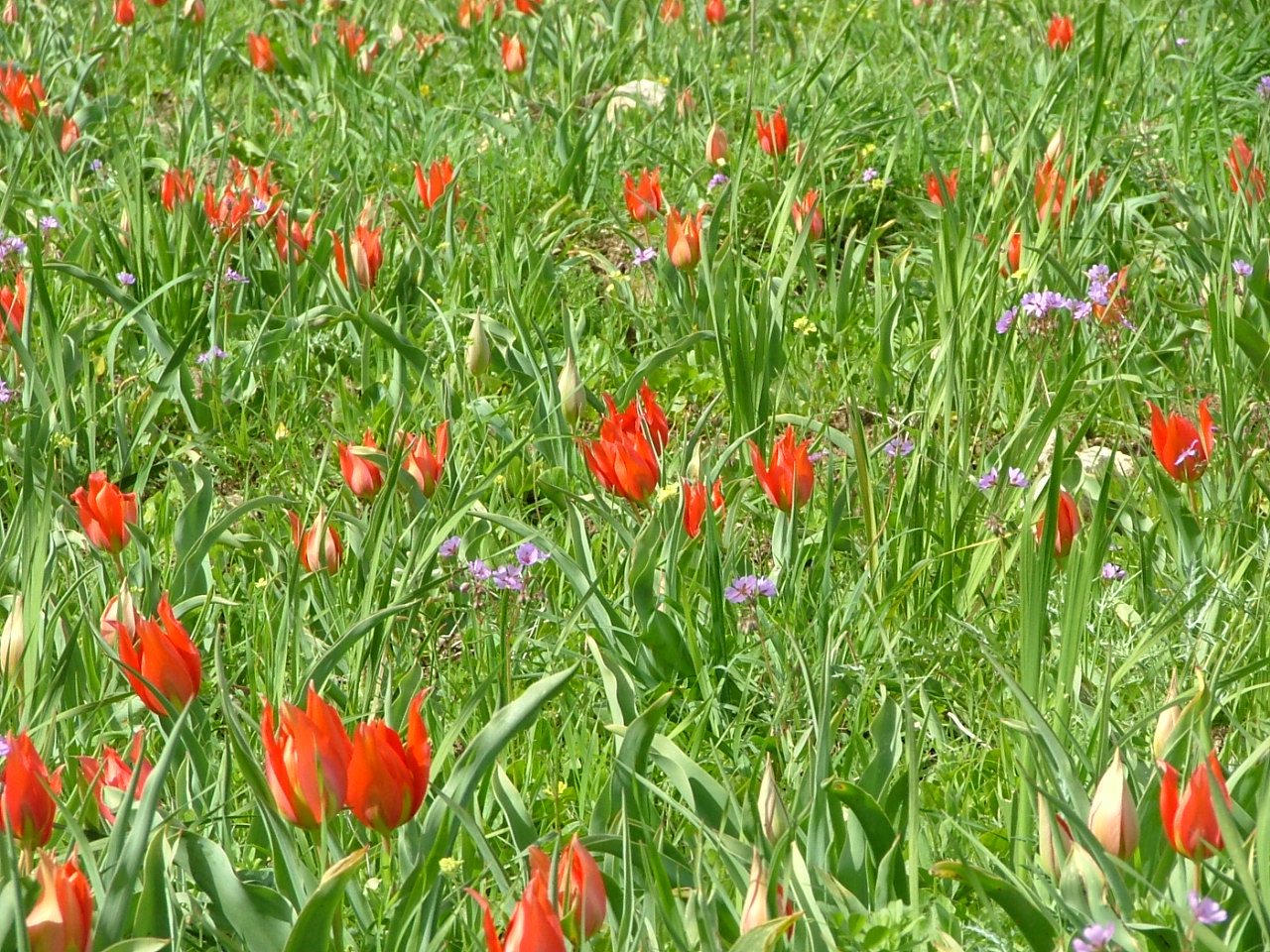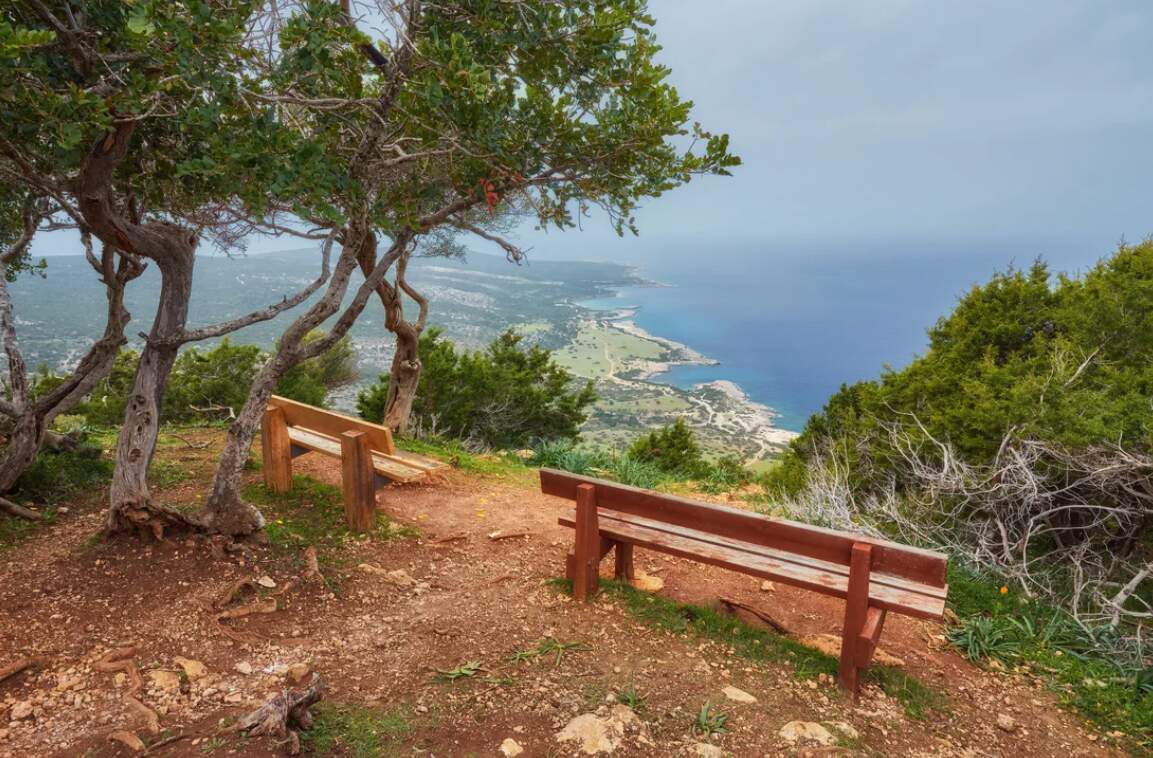By Katie Leonard
Visitors to Cyprus are often left in awe of the landscape and beauty this island has to offer, from the impressive Troodos mountains, the rugged terrain of Cape Greco and the serene shores of Akamas. However, the value of the Cypriot landscape is unfortunately often underestimated by many, despite the endless allure and ecological importance.
Truly understanding the environment in Cyprus is crucial to appreciate the diverse habitats and their ecological significance. At first glance, the landscape resembles a typical Mediterranean region, full of captivating beauty from the quaint mountainous villages to the alluring coastline with hidden coves and pristine waters. Rolling hills are dotted with vineyards, olive groves and carob trees, adding to the charm.
Despite its natural richness, Cyprus faces challenges including development pressures and habitat degradation which have taken place over the last few decades. This overdevelopment has led to a focus on developing various projects within urban as well as untouched rural areas of the island. They often come at the expense of environmental conservation and this perspective is still evident today when looking at attitudes towards land use and urban development where immediate economic benefits are prioritised over long-term environmental sustainability.

Protecting the environments and habitats in Cyprus is crucial for several reasons. Firstly, the island’s unique biodiversity, including endemic plant and animal species which are irreplaceable. Species such as the Cyprus mouflon, the Cyprus grass snake and endless endemic plants like the Cyprus tulip as well as native habitats, play a critical role in maintaining ecological balance and supporting the health of Cypriot ecosystems. The loss of this biodiversity can lead to weakened ecosystem resilience, making it more difficult for these natural systems to recover from environmental stresses and the effect of climate change.
The long-term sustainability of Cyprus’ environment is closely intertwined with the well-being of its economy and communities. Sustainable tourism, which relies on the preservation of the natural landscapes and wildlife, is an important economic driver for the island from those that come to stay in agro-tourism places or to bird watch all over the island, to hike within the nature trails, to explore the marine life, to cycle around the island as well as various activities, it is obvious that the destruction and deterioration of this ecosystem can also lead to a decline in this kind of tourist interest, substantially harming the local economy.

Public awareness and attitudes towards environmental conservation and awareness vary widely across different demographics and regions in Cyprus. While there is a large portion of the population that recognises and takes action towards preserving and maintaining the natural habitat and protected areas in Cyprus, there remains a considerable number less informed and less aware of the actions that need to be taken to maintain the quality of the natural environment and preserve the beauty the island has to offer. This disparity is partially due to the different levels of environmental sensitisation, education and awareness campaigns all over the island.
Cyprus currently boasts 69 Natura 2000 sites, which are part of the European Union’s efforts aimed at conserving seriously threatened species and habitats across Europe. Some 37.4 per cent of Cyprus’ land is currently under protection and there is still insufficient designation of these areas within the marine and terrestrial environment.
Understanding and appreciating Cyprus’ environment its diverse habitats can be quite a challenge that requires careful observation and knowledge due to the island’s elusive flora and fauna. Knowing where to look and what to look for it in the appropriate season and area is crucial for gaining a deeper understanding of the surroundings and learning the best ways to observe and enjoy them.
Organisations such as Terra Cypria – the Cyprus Conservation Foundation, play a crucial role in promoting environmental education and sensitisation. Through initiatives like the Cyprus Environmental Studies Centre at Kritou Terra since 1995, public understanding of Cyprus’ unique environment has been deepened and advocates for better environmental protection are nurtured for future generations.
Through educational programmes and hands-on conservation efforts, organisations like Terra Cypria, work to facilitate a collective movement towards preserving the natural beauty of the island is constantly being increased. Their efforts aim to inspire others to protect the island’s biodiversity and ensure that future generations can continue to enjoy Cyprus’ magnificent landscapes.
By creating a deeper appreciation and understanding of Cyprus’s environment, it is possible to ensure sustainable development practices that correspond with economic growth and ecological conservation while preserving the island’s natural heritage for the future.




